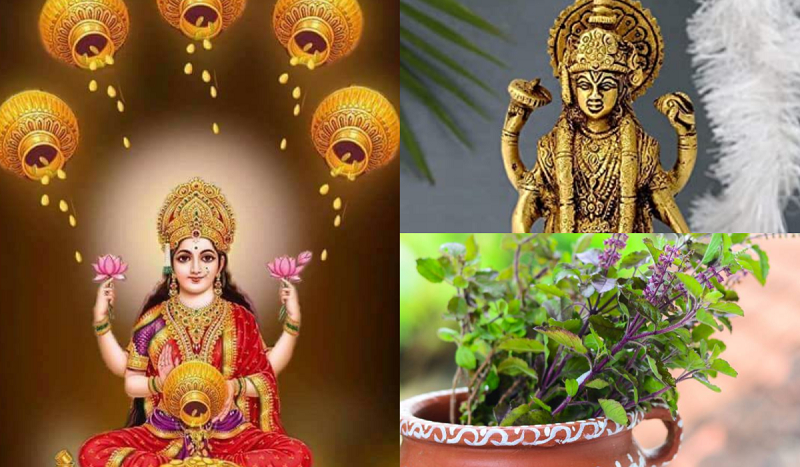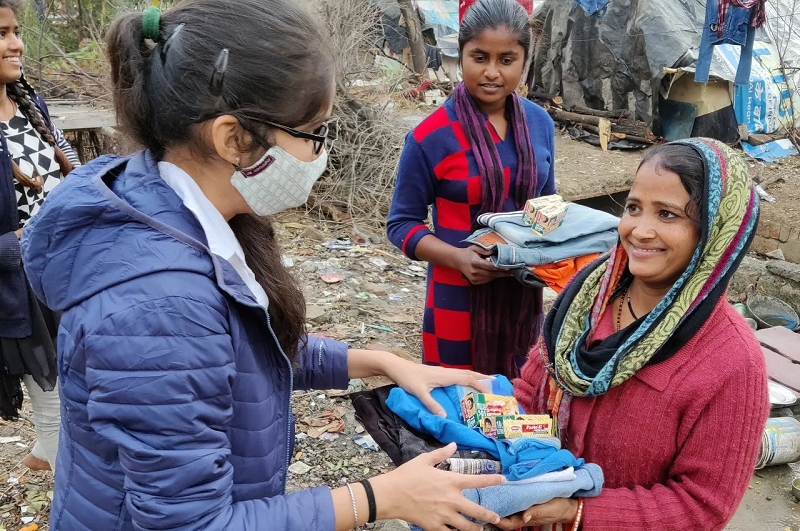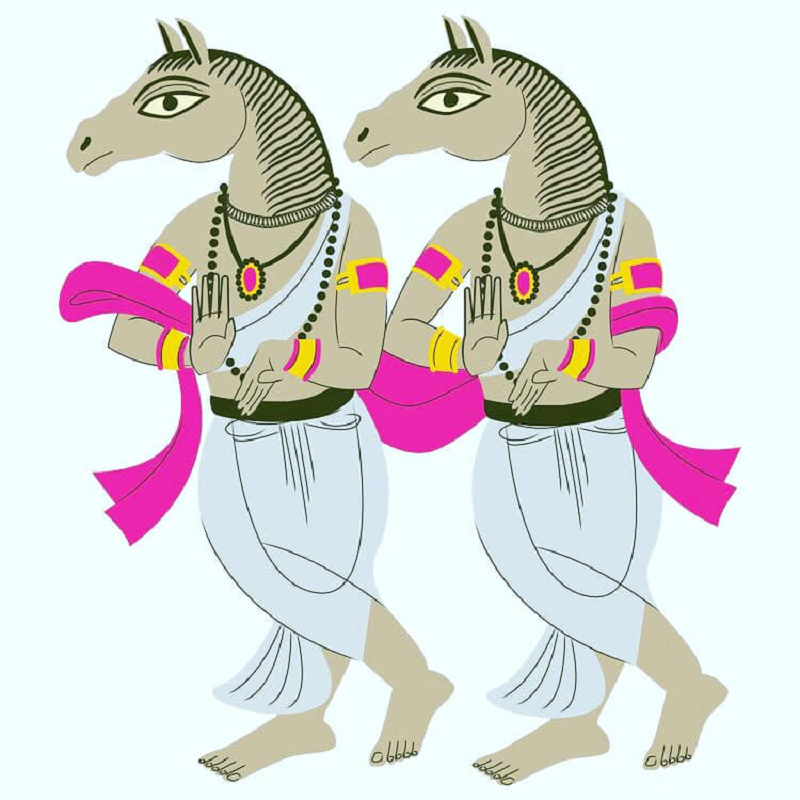Real honey is that which is made without adulteration and any kind of additives or external products. 'Pure monofloral honey' is obtained primarily from the pollen of a single plant species. At the same time, 'Pure Asli Multi Floral Honey' is obtained from many plant species. However, the term 'real' does not mean that the honey is necessarily raw or organic.

Unfortunately, due to the high demand for honey around the world, it becomes a bit difficult to find real honey. These honeys sometimes even pass simple purity tests, allowing diluted or contaminated products to reach the market. Therefore, consumers should exercise caution and learn to identify genuine honey among potentially adulterated honey varieties. Below are some simple tests that you can do at home and find out whether the city is pure or not.
1. Mix one spoon of honey in a glass of water. If honey dissolves in water, it is adulterated. If honey does not dissolve in water and settles down, then it is pure.
2. Apply honey on one end of a wooden stick and keep it in the fire. If the honey burns easily, it is pure. If honey does not burn or burns slowly, it is adulterated.

3. Take some honey on your finger and rub it. If the honey is sticky and does not flow, then it is pure. If honey is not sticky and flows, it is adulterated.
4. Place a small drop of honey on a sheet of paper towel. When honey is pure, it will exhibit specific properties. Pure honey will not leave a noticeable wet mark on the paper towel nor will it be absorbed rapidly. Instead, it will remain intact, exhibiting its natural viscosity and thickness. Conversely, if the honey is absorbed quickly by the paper towel, it may be a sign of adulteration, possibly involving the addition of water or other substances.
(PC: Freepik)










